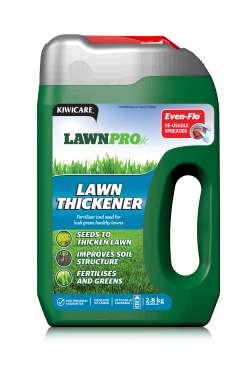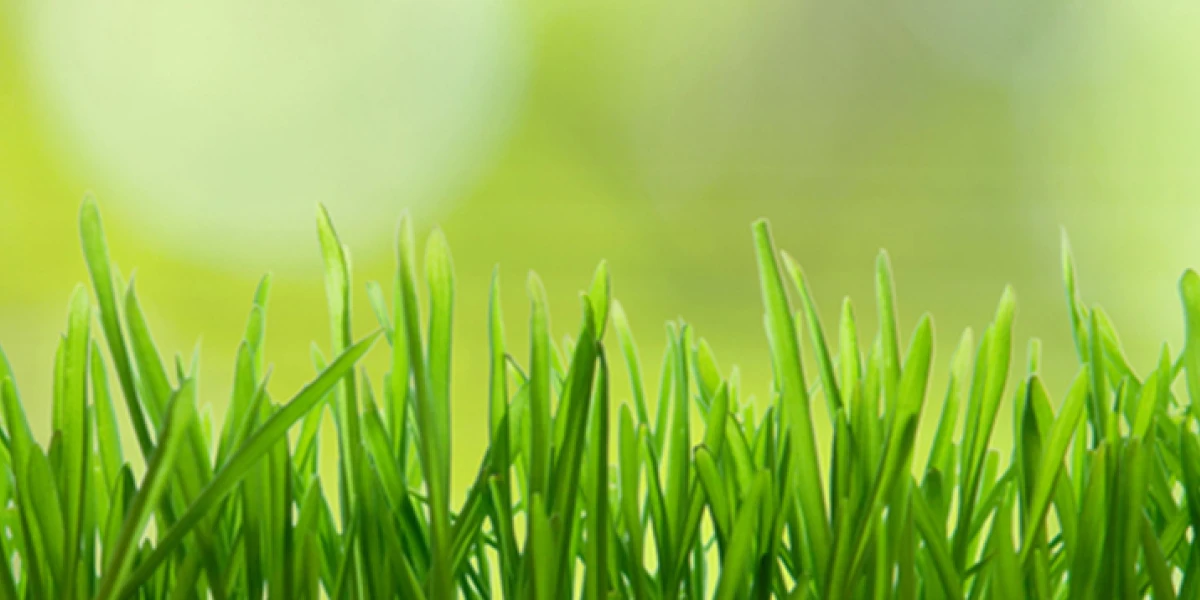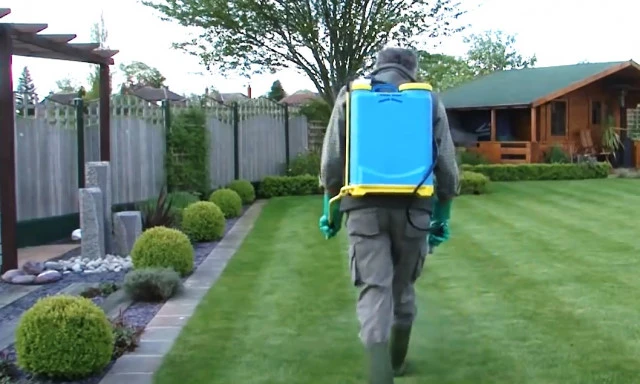Download Your Lawn Care Calendar
Lawn Grass
The composition of lawns varies widely. Many of the grasses used in lawn seed mixtures are specially bred for characteristics such as fine leaves, hard-wearing, persistence, and disease and pest resistance.
Lawns are ‘natural’ habitats for grasses. Less desirable grasses in lawns include paspalum, summer grasses, narrow-leaved carpet grass and in heavily worn areas track rush. Grasses like Kikuyu; couch/twitch and buffalo grass are weeds in fine turf but are sometimes chosen as the lawn grass in warmer parts or where the lawn needs hard-wearing grass.
Over-seeding
Seed mixtures often include browntop (Agrostis species), Chewing’s fescue (Festuca rubra), and ryegrasses.
- LawnPro Lawn Thickener contains a balanced selection of these with a fertiliser and soil conditioner for ideal over-seeding of lawns in spring and autumn.
- LawnPro Smart Lawn Seed with Aqua Gel coated seeds and soil improvers and conditioners are ideal for sowing new lawns or for over-seeding.
Lawn Thickening
LawnPro Lawn Thickener is an innovative product for easy application of seed and nutrients to lawns. The Even-FloTM spreader device makes even application of granules as easy as walking on the lawn. The unique ball design spreader creates a perfect, even spread of granules across the lawn, giving great results every time.

Benefits and Features
- Easy to apply – ergonomic handle design, flip open spout, walk over the lawn and let the spreader evenly apply the granules.
- Blend of fescue, ryegrass and browntop seeds with a special coating to improve water retention and germination.
- Seeds are coated with a wetting agent, fungicide and bird deterrent.
- Covers up to 100 m2
- NPK 6 : 2.5 : 3.7
- Combination of immediately available nutrients and slow release to give strong germination and growth.
- Gypsum to improve soil condition and drainage.
- Humic acids and organic ingredients improve soil structure and microbial balance.
Fertilising and Sweetening
Lawns are areas of the garden that require an input of nutrients because nutrients are constantly removed through mowing. Lawn grass needs a balance of the three main nutrients; Nitrogen (N), Phosphorous (P) and Potassium (K) plus a variety of micro-nutrients including iron and sulphur. However, too much nitrogen or other nutrients, available too quickly to grasses, will make them grow quickly and in a straggly manner. This will be unsightly and will require more mowing. The mowing will then remove much of the nutrient that has just been added. It is therefore important that NPK and other nutrients are added at an appropriate level for greening, healthy and sustained growth, but not straggly rapid growth.
- Kiwicare LawnPro Lawn Thickener has nutrient levels adjusted for best results; giving thick green leaves and strong deep roots and not straggly rapid growth.
- LawnPro Lawn Thickener contains a mix of immediately available and slow-release fertilisers to provide appropriate nutrient levels for the growth of new grass and existing grasses.
The condition of lawn soils is also very important for lawn health.
- Soils should be well-draining and clay soils should be treated with gypsum to break up the dense clay to allow aeration and drainage of soils – LawnPro Lawn Thickener contains gypsum for conditioning the soil.
- Soils should have a healthy balance of soil micro-organisms which assist in the breakdown of nutrients and uptake by grass roots – LawnPro Lawn Thickener contains humic acids to promote a healthy balance of soil micro-organisms.
Dethatching
- The best time to dethatch your whole lawn is in late summer/early autumn when the grass is actively growing. Unless the lawn is small a power dethatcher/scarifier is the best manual option but can damage your lawn for a period. You can rent a power dethatcher from most garden or hire centres.
- Alternatively and with less effort, you can naturally reduce thatch by applying LawnPro D-Thatch to feed the micro-organisms that break the thatch down. D-Thatch is also in LawnPro Turfclean & Green Rapid+ so you can weed, feed and dethatch your lawn in one easy application. LawnPro D-Thatch is the safer, more natural option.
Weed Control
Healthy thick swards of lawn grass are resistant to disease and out-compete weeds, reducing the need for applications of herbicide. Also, herbicides work best on growing lawns which have adequate nutrient.
- Use LawnPro Lawn Thickener to ensure a healthy sward.
- LawnPro Turfclean and LawnPro All-in-1 have been formulated for the control of the widest range of broadleaf weeds in New Zealand lawns. The combination of 3 active ingredients is balanced to ensure the most common weeds in New Zealand lawns are controlled without risk of burning the fine lawn grasses grown as lawns in New Zealand.
- It is good weed control practice to use LawnPro Turfclean as routine and alternate it with LawnPro Prickle and Hydrocotyle every 3rd or 4th treatment.
- For lawns prone to Onehunga prickle weed apply LawnPro Prickle and Hydrocotyle before the weed flowers and produces its prickly seeds.
- In spring and autumn apply LawnPro Mossclear to kill moss and its spores. Then scarify to remove dead moss and apply LawnPro Lawn Thickener to raise pH, thicken your lawn and make the area unsuitable to moss growth.
Pest Control
Several insect pests will attack lawn grasses – e.g. grass grub eat the grass roots, porina caterpillar eat grass crowns.
- Apply LawnPro Protect granules in late summer and autumn to prevent lawn damage.
- At the first sign of damage apply LawnPro Protect granules.
Disease Control
Most lawn diseases are caused by fungi, although grass species vary in their susceptibility to particular diseases. Wet lawns are most susceptible to disease.
- At first signs of disease treat with LawnPro Fungus Control then LawnPro Mossclear.
Watering
Lush green healthy lawns need water for growth. However, the water is taken up by roots and not leaves; wet leaves promote disease and shallow water evaporates off before roots can absorb it. When required water should be applied so that it seeps deep where deep rooting grasses can reach it and it will not evaporate off.
- When required, water lawns thoroughly in the morning. A thorough watering once or twice a week is preferable to light watering frequently.
Mowing
Mowing gives an even attractive tidy lawn. However, it is important not to mow lawns too short.
- Fine browntop/fescue lawns mow at approx. 20 mm height.
- Ryegrass lawns mow at approx. 30-35 mm height.
- Raise the mower height another notch for the final cut of the year in autumn/winter.
To Mulch or Not To Mulch - That is the question. Mulching lawns (leaving the clippings) is not recommended if the lawn has become too long; the dead grass becomes a place for disease spores and weed seeds to survive and although the mulch will suppress some weeds it will also suppress grasses.
- Collect clippings when mowing long, damp or diseased lawns.
Mulching when trimming adds nutrients back into the lawn and can help soil structure.
- Mulch only when trimming the lawn and small amounts of grass are added to the thatch under the grass.
Blunt lawnmower blades damage the grass leaves leaving ragged edges that will brown off and are more susceptible to disease.
- Ensure your lawnmower blades are sharp and clean.
Download Your Lawn Care Calendar
David Brittain
Kiwicare


